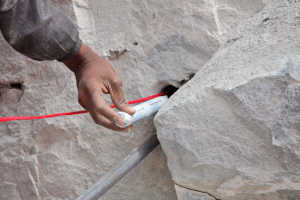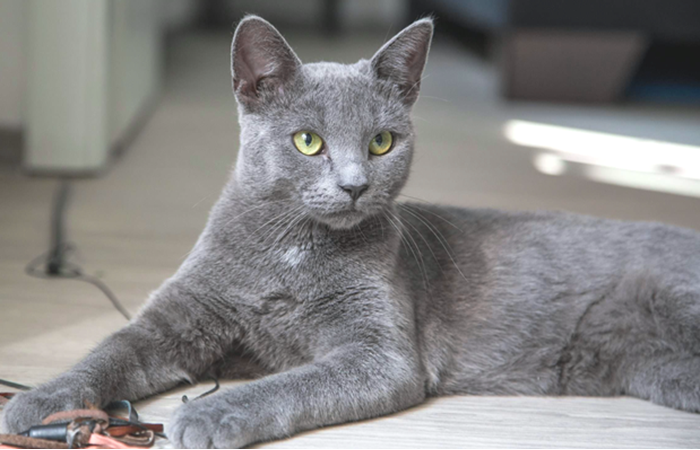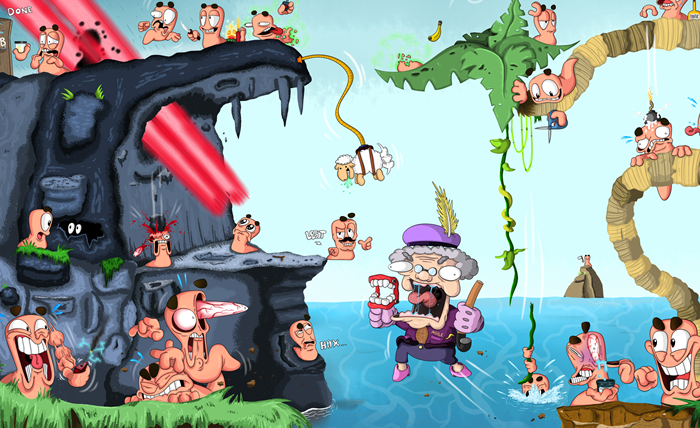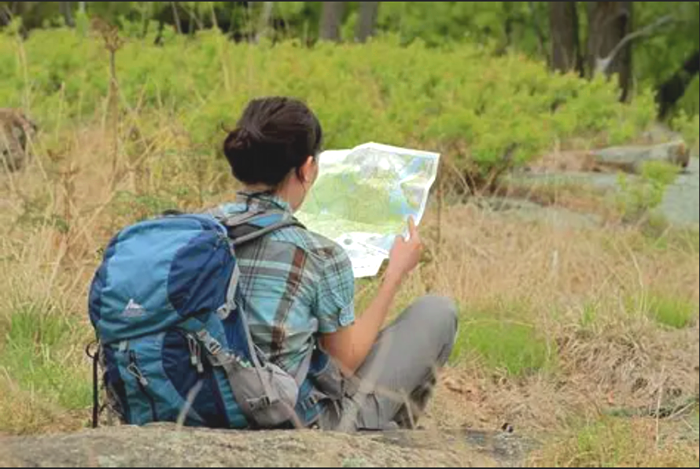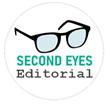Services open on 11/16/2025. In the meantime, the Word Wrangling blog and free resources are available.
Professional editing and constructive critique for your OUTLINE, WORK IN PROGRESS, SYNOPSIS, or QUERY LETTER.
Discuss your current writing project in a 15-minute ONLINE Q&A session. It’s free!

